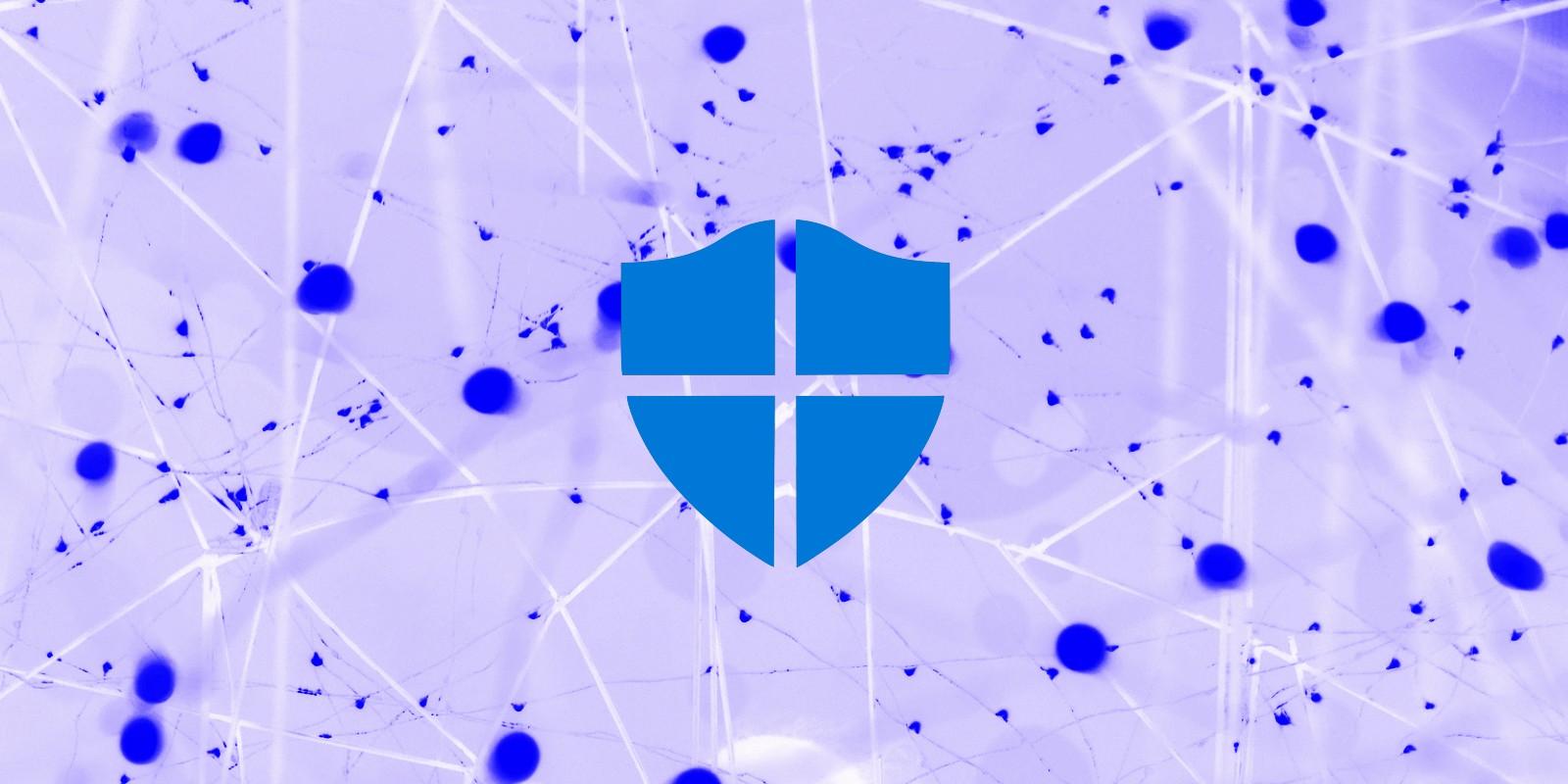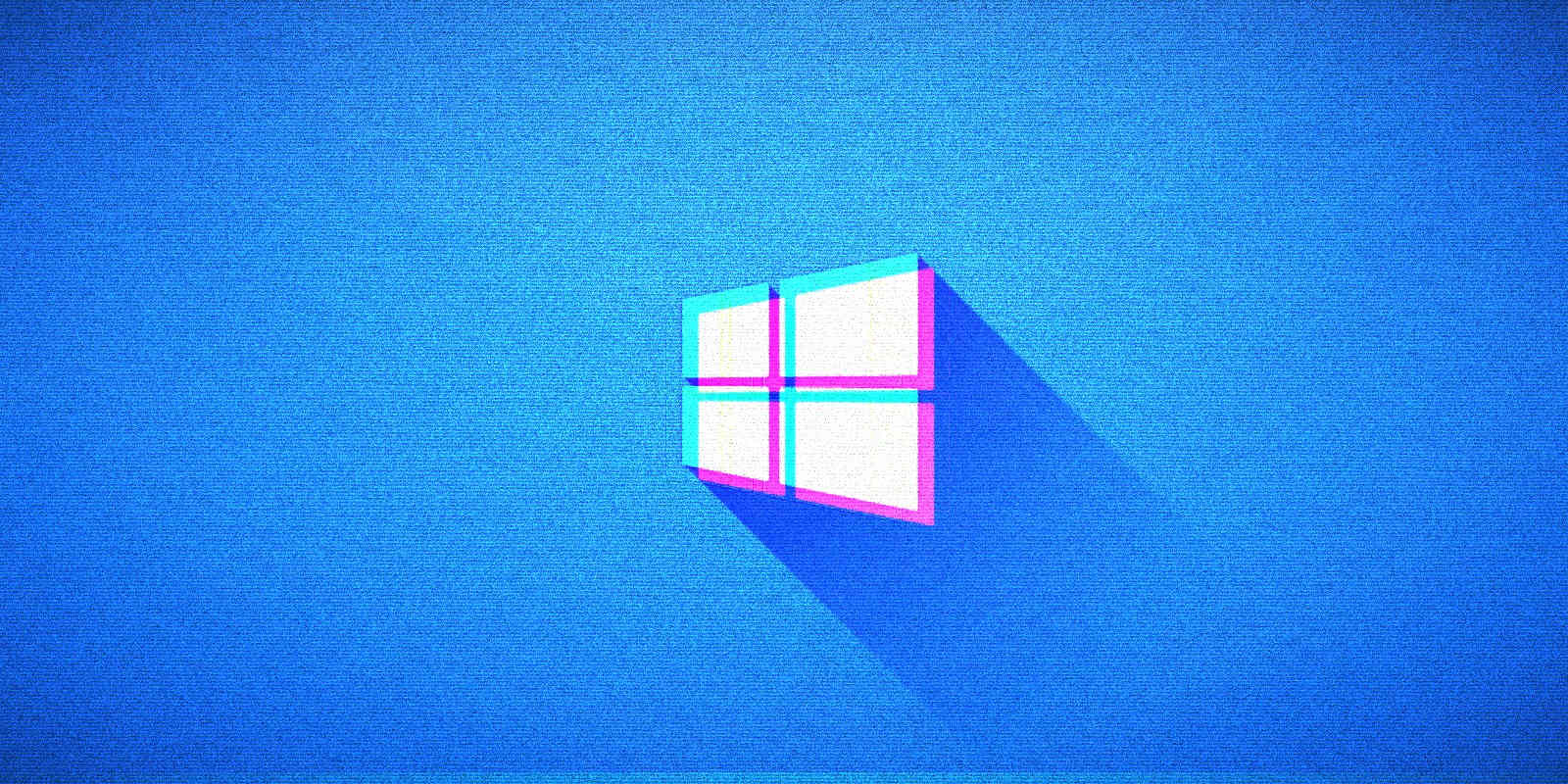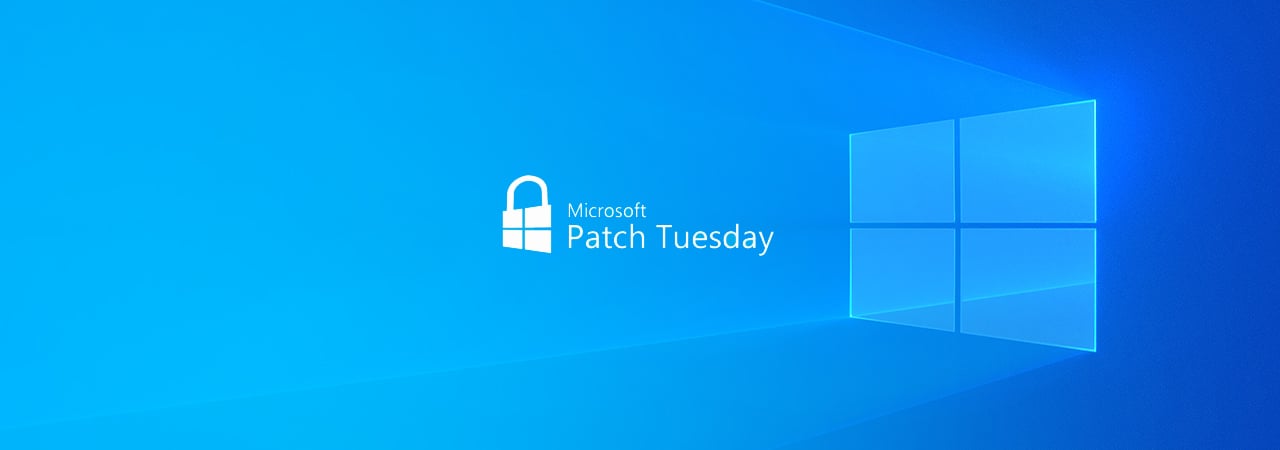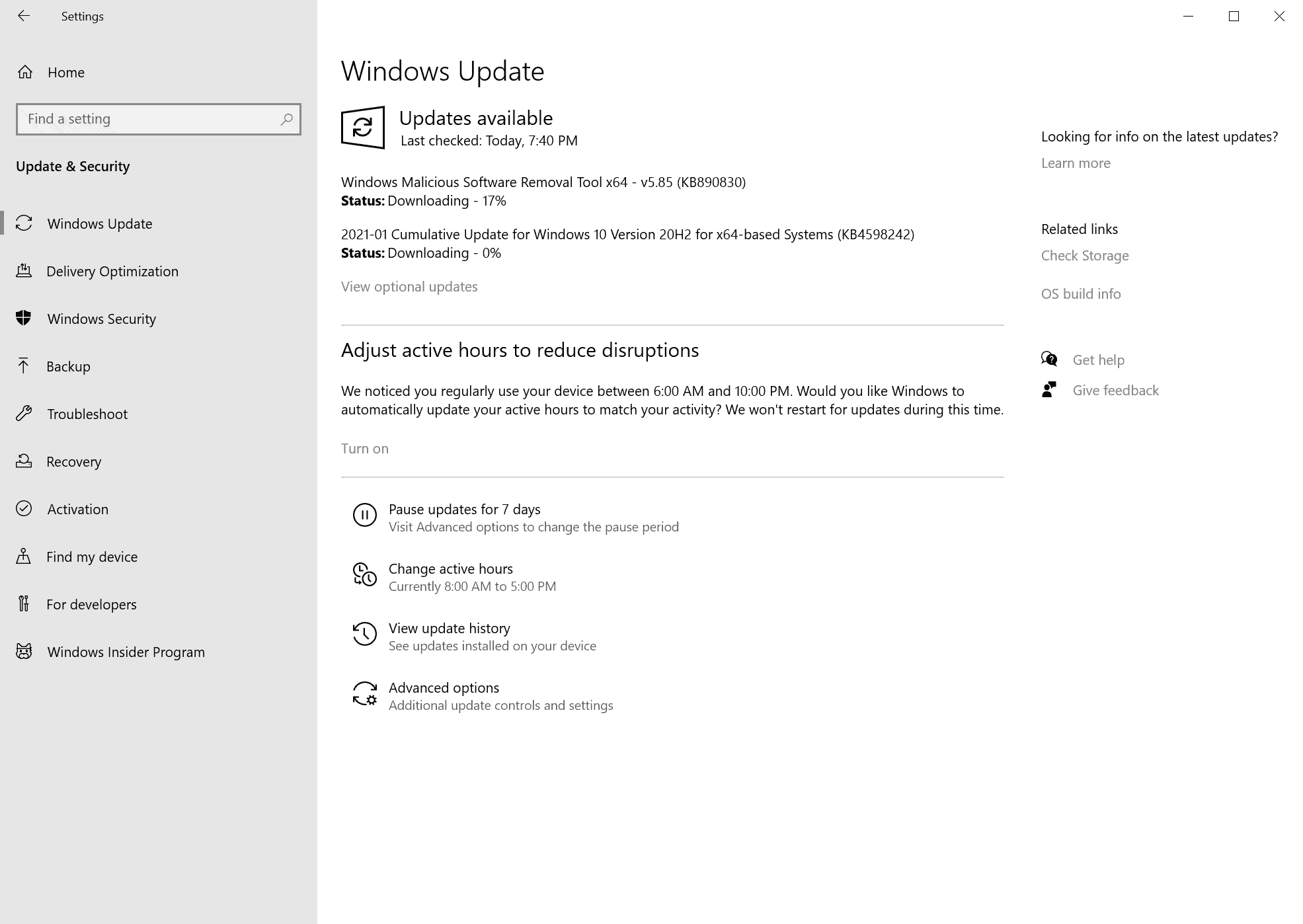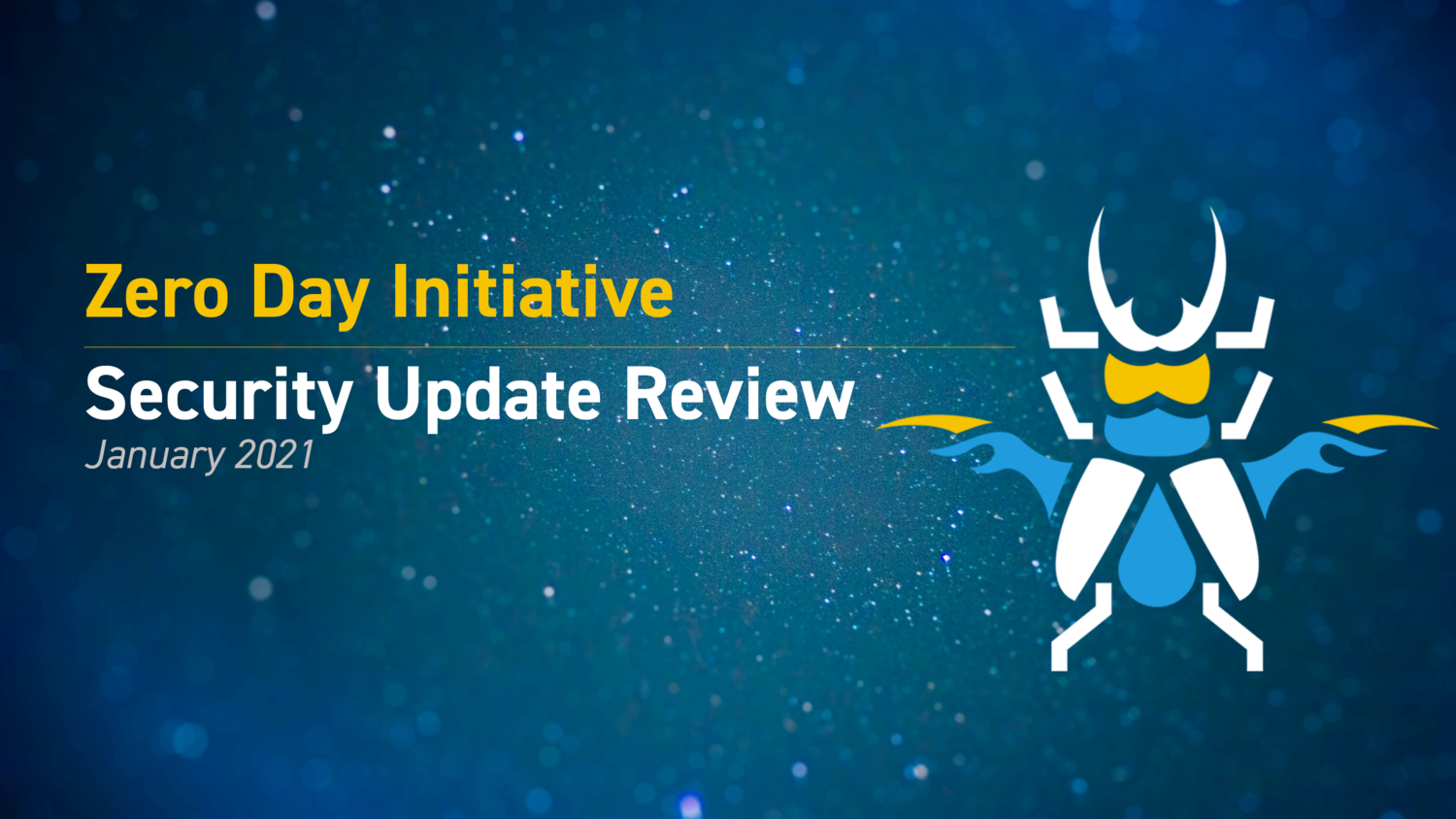Gandalf_The_Grey
Level 83
Thread author
Verified
Honorary Member
Top Poster
Content Creator
Well-known
- Apr 24, 2016
- 7,260
It’s Patch Tuesday time — that exciting second Tuesday of each month when we turn towards Redmond, WA, hoping for quality updates — and my advice is to not install updates tomorrow. To be fair, the vast majority of Microsoft users should be fine with whatever patches and fixes arrive. But, personally, I push off updates and delay installations on the systems I care about; you should do the same.
With that piece of advice out of the way, I have some suggestions for 2021 for a healthy patching year.
Susan’s first recommendation of ‘21: Use Windows 10 Pro, not Home.
Susan’s second recommendation of ‘21: Set updates to install later in the month (and set targetedreleaseversion to 2004 or 20H2).
Prepare to say goodbye to Flash
As always, if you have any questions please let us know on Askwoody.com.

 www.computerworld.com
www.computerworld.com
With that piece of advice out of the way, I have some suggestions for 2021 for a healthy patching year.
Susan’s first recommendation of ‘21: Use Windows 10 Pro, not Home.
I recommend several things when dealing with updates: First and foremost, make sure you are on Windows 10 professional, not Windows 10 Home.
By design, Windows 10 Home doesn’t expose as many settings to defer and push off updates. If you are running either Windows 10 Home or Windows 10 Home S, I recommend upgrading to Pro. To do this, click on Start>Settings, then on System and scroll down to About. If it says Home under “Edition,” whip out your credit card and click on “change product key or upgrade your edition of Windows.” The upgrade process to purchase Windows 10 Professional takes a few minutes. You will be prompted to reboot and your machine will then be running the Pro version.
If you purchase a machine with Windows 10 S mode, this specific platform only allows installations of software from the Microsoft store. I have had the fun job of having to upgrade a Windows 10 Home S mode Surface device to Windows 10 Pro. I was surprised to find it’s a two-step process. First, I followed the same process outlined above: You go into the About screen and purchase a product key online to move the machine to Pro. I thought that would be enough to flip the machine out of S mode. It was not. I had to enter the Microsoft Store and search for a link to do so. Once I did, the Surface was finally on Windows 10 Professional.
In truth, I think S mode is ultimately where enterprises might end up: It’s a locked-down version of Windows 10 that only allows Microsoft store apps to be installed. Similar to an iPhone, where you can only install updates from the Apple store, it keeps the system better protected from ransomware and other malware. But if you are an everyday Windows user like me, you need to be able to download and install software from sources other than the Microsoft store.
While you are in the About section, see what feature release version you’re running. For consumers and small businesses (anyone without an Enterprise or Education license) you need to at LEAST be on version 1909, 2004 or 20H2. If you are not on any of these versions, you’ll not get security updates this month.
Susan’s second recommendation of ‘21: Set updates to install later in the month (and set targetedreleaseversion to 2004 or 20H2).
On Windows 10 Pro, there are a couple of settings I always check. First, I always go into Start>Settings, Update & Security, Windows Update; click on Advanced options, scroll down and choose “Pause until …”and select a date later in the month. I prefer setting a specific date as I feel this process works better than using pause. Then I set the targetedreleaseversion for the feature release version I’m comfortable with. (I don’t install feature releases right away; this setting lets me push it off and only install the release I want. I’m now comfortable recommending the 2004 feature release if you haven’t already moved to it. Microsoft finally fixed one of the lagging bugs in 2004 and 20H2, a crash issue that was triggering reboots on Jan. 7 among users renaming the Administrator account.
For business users, I’m comfortable with (and personally run) 2004 in my business. Don’t worry if you are already on 20H2; I’m running that version at home and have not seen major issues. I prefer to stay one version behind and recommend that you set the targetedreleaseversion at 20H2; doing so means that once the NEXT feature release comes out, you won’t be first in line.
If you are unlucky to have a computer with a Conexant audio driver, you may still be blocked from upgrading to 2004 or 20H2. Many users report that they’ve worked around the issue by manually uninstalling the Conexant driver in the driver settings to revert to a generic Microsoft audio driver. They then trigger the installation of 2004. Once it’s installed, the driver will automatically get updated to the Conexant driver. You can scroll down to “DaleHuhtala’s” Dec. 2 post in the answers forum for details on the process. I’m still hoping Microsoft will provide a better update process for these machines.
Prepare to say goodbye to Flash
Last but not least, we can start saying goodbye to Adobe flash. Microsoft will be releasing a Windows update, KB4577586, to remove Flash, but you can take action now. You can check whether Flash is installed by going to the Adobe Flash web page and clicking on check now. You will need to check each browser you have on your computer to test whether it’s still enabled. You can manually download KB4577586 from the catalog site, by matching up the version you have. Remember X86 means a 32-bit operating system, and X64 means 64-bit operating system. I’ve provided a step by step video on the AskWoody Youtube page for more details.
As always, if you have any questions please let us know on Askwoody.com.
The first Patch Tuesday of ’21; time to delay updates
Though most users should be ok with the latest round of patches from Microsoft, it's still prudent to delay installing them for a bit to make sure there are no problems.
Last edited by a moderator:


